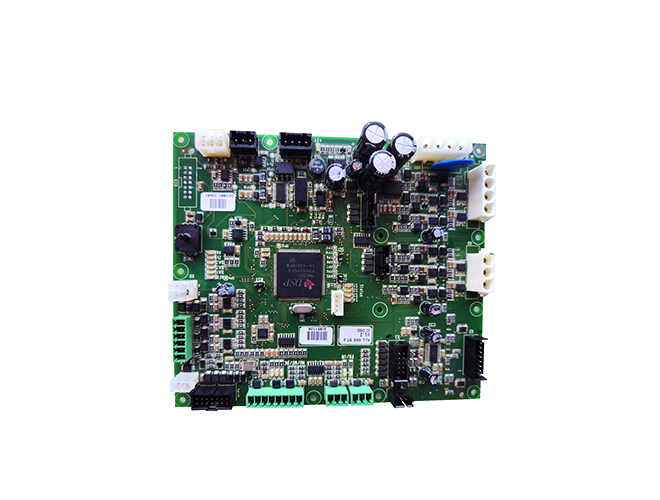-
CN
-
Service Hotline
+8618129931046 Mr. Liao


Time:2025-05-10 Views:1

PCB automation equipment has revolutionized the manufacturing process of printed circuit boards, significantly increasing productivity, efficiency, and quality while reducing labor costs. These automated systems are designed to perform various tasks involved in PCB production, from raw material handling to final assembly.
One of the key types of PCB automation equipment is the pick - and - place machine. This machine is responsible for accurately placing electronic components onto the PCB. It uses a robotic arm equipped with a vacuum or mechanical gripper to pick up components from a feeder and place them precisely on the designated pads on the PCB. Pick - and - place machines are highly programmable, allowing for the quick changeover between different PCB designs and component types. They can handle a wide range of component sizes, from tiny surface - mount devices (SMDs) to larger through - hole components. With high - speed operation and high - precision placement, these machines can place thousands of components per hour, ensuring rapid assembly of PCBs.
Another important piece of automation equipment is the wave soldering machine. Wave soldering is a process used to solder through - hole components onto the PCB. In a wave soldering machine, the PCB is passed over a wave of molten solder, which wets the component leads and the pads on the PCB, creating a strong electrical and mechanical connection. Automated wave soldering machines are designed to control parameters such as solder temperature, wave height, and conveyor speed, ensuring consistent and high - quality soldering results. They can handle large volumes of PCBs efficiently, making them suitable for mass production.
For surface - mount technology (SMT) PCBs, reflow soldering ovens are essential automation equipment. Reflow soldering involves heating the PCB and the components to melt the solder paste, which holds the components in place and forms electrical connections. Reflow ovens have multiple heating zones that can be programmed to control the temperature profile during the soldering process. This ensures that the solder paste melts and solidifies properly, creating reliable joints without overheating or damaging the components. Automated reflow ovens can handle different PCB sizes and thicknesses, and they are often integrated with other SMT equipment, such as pick - and - place machines, to form a complete automated production line.
In addition to these assembly - related equipment, there are also automated systems for PCB fabrication, such as drilling machines, milling machines, and plating equipment. These machines are used to create the holes, traces, and vias on the PCB, as well as to apply metal coatings for electrical conductivity. Overall, PCB automation equipment has transformed the PCB manufacturing industry, enabling faster production, higher quality, and greater flexibility in meeting the diverse demands of the electronics market.